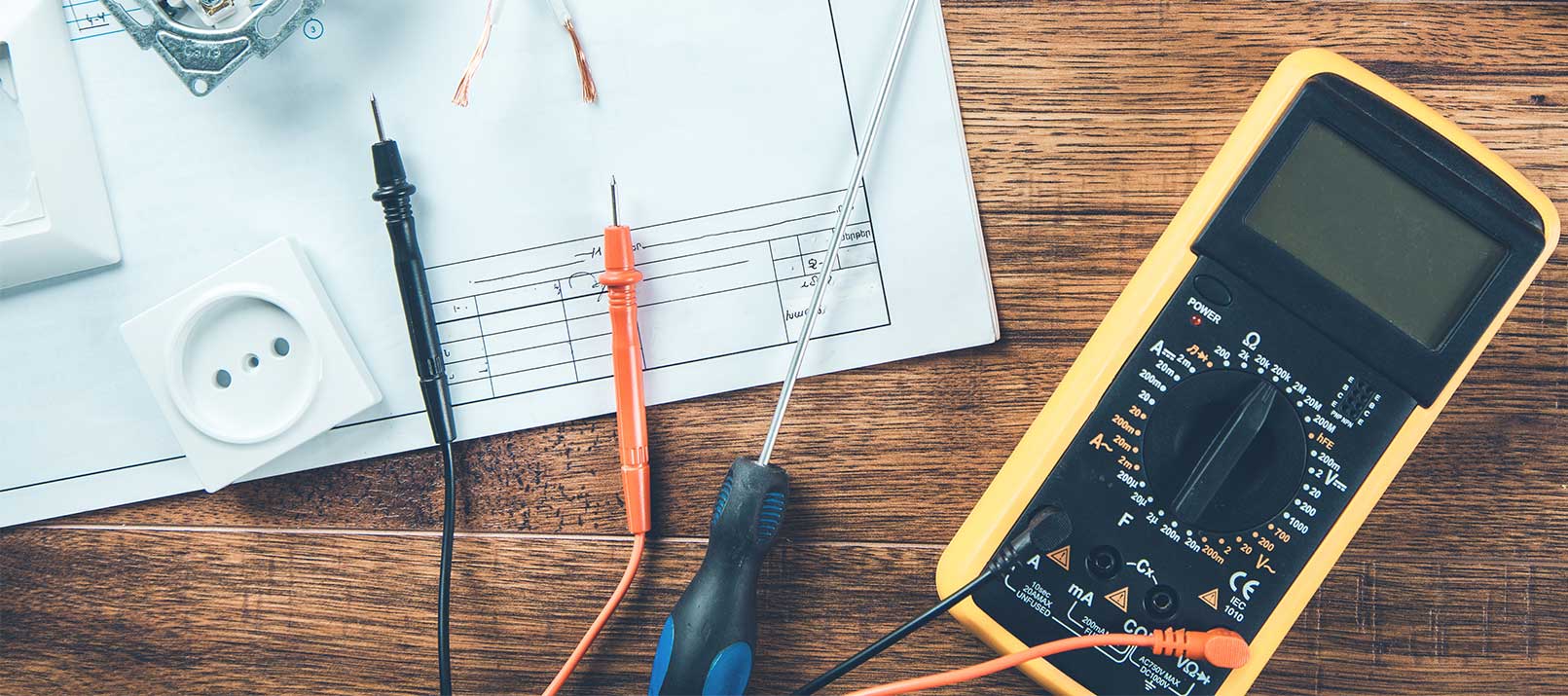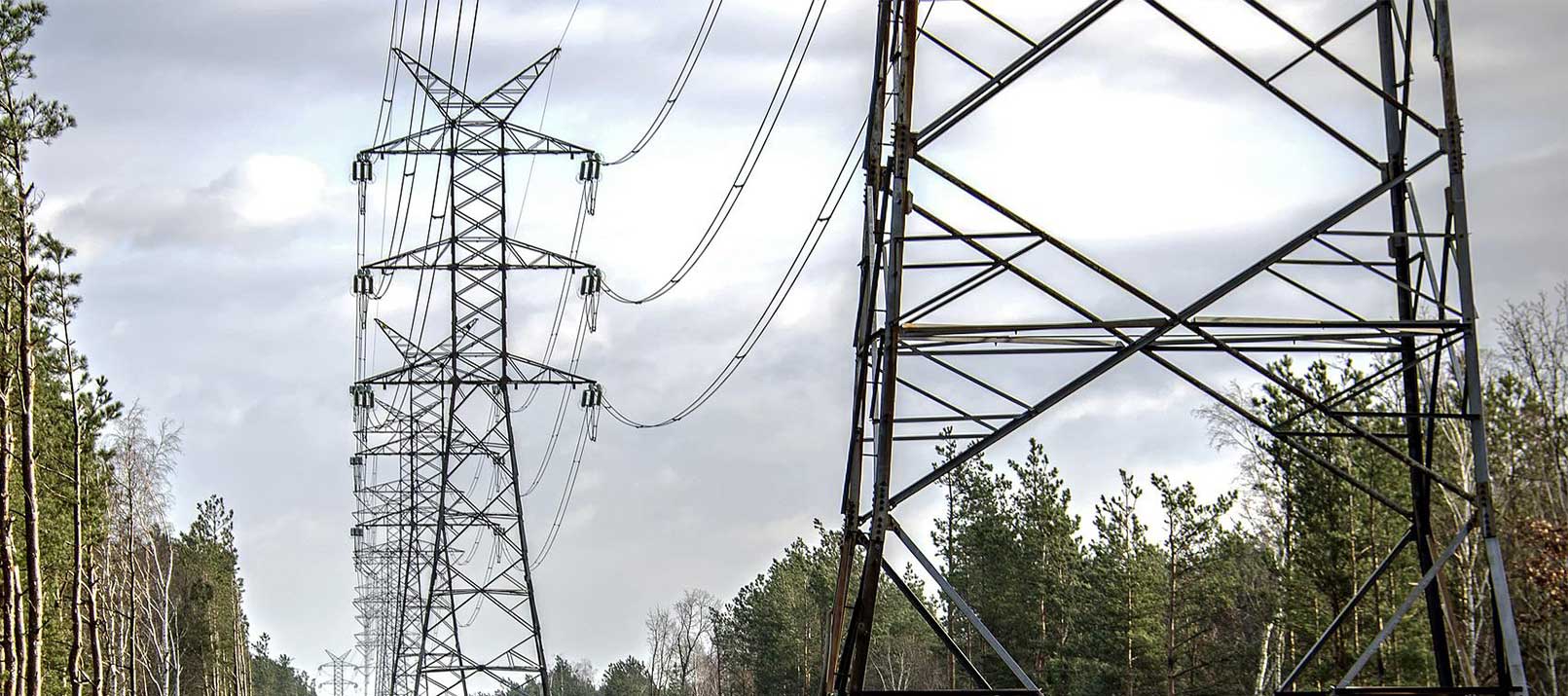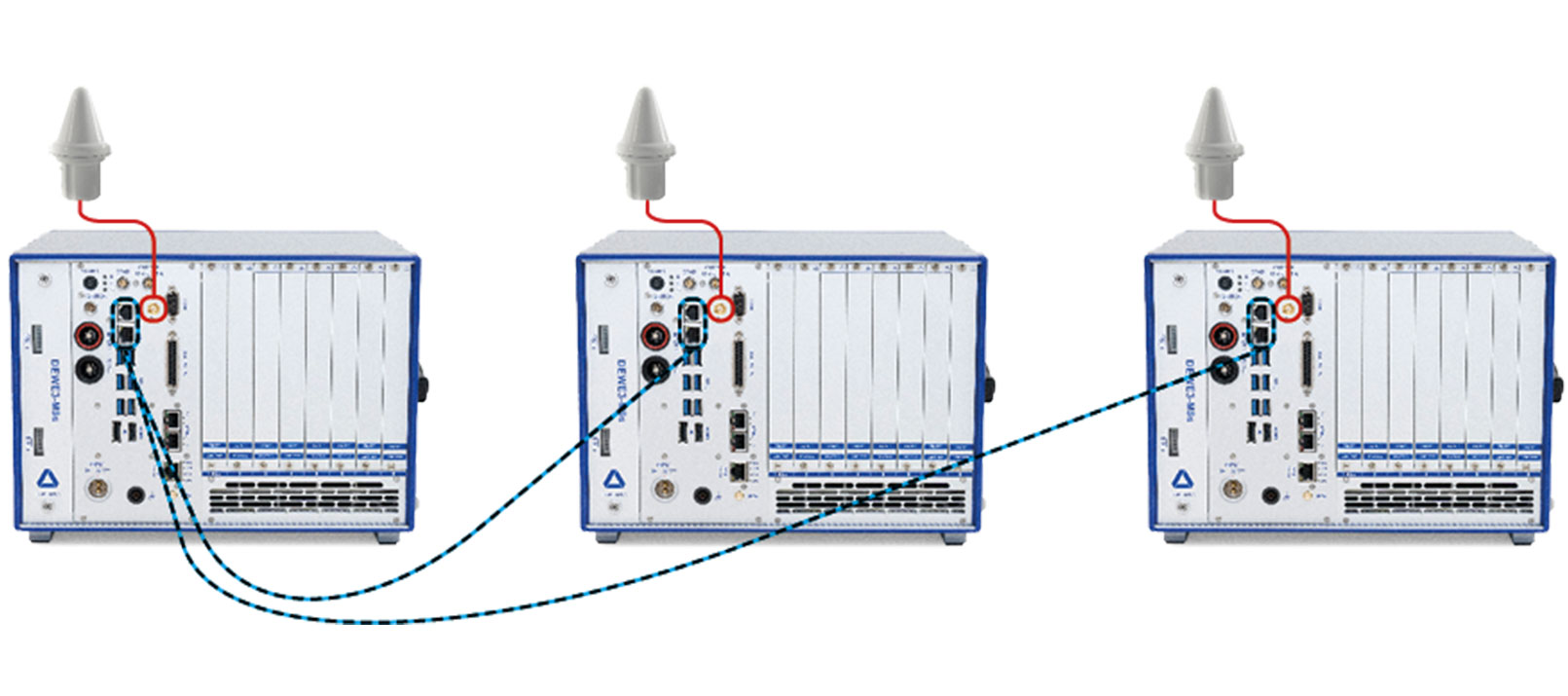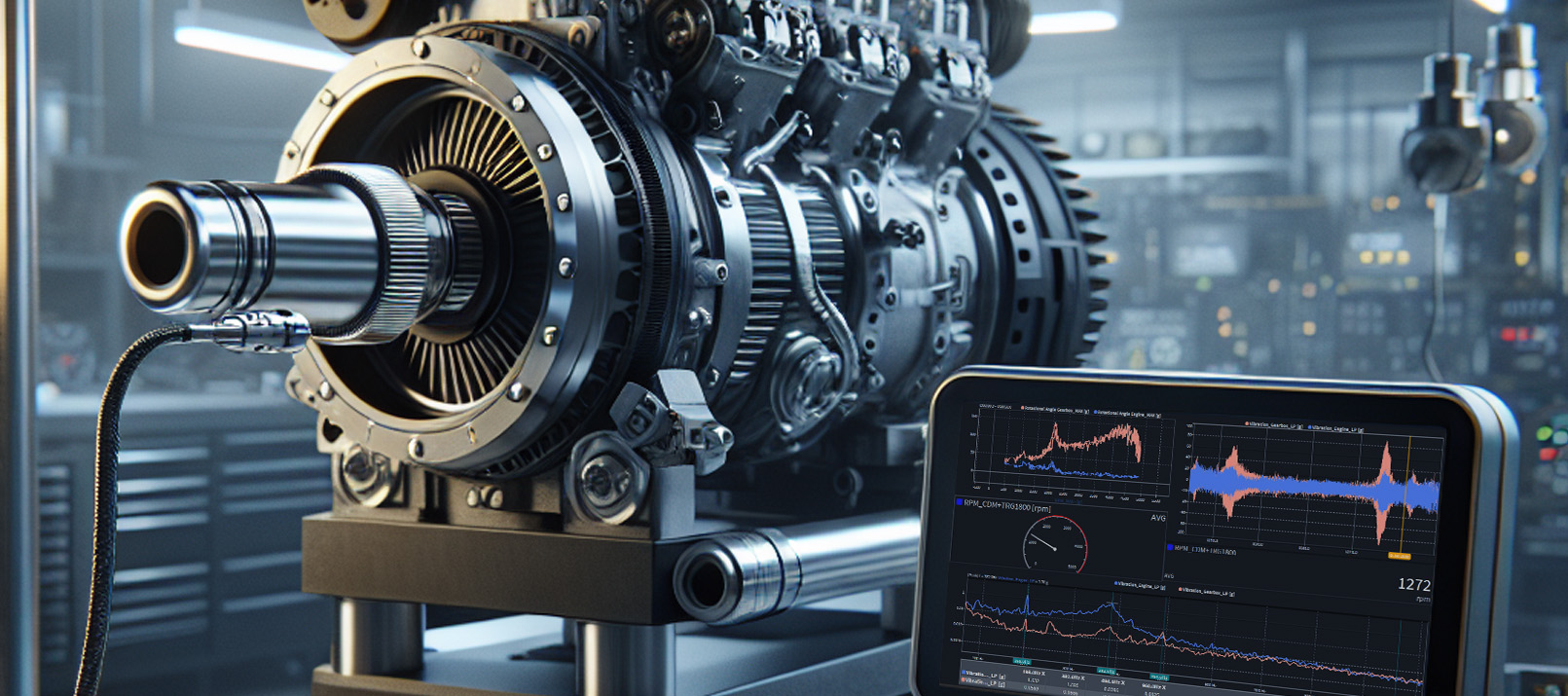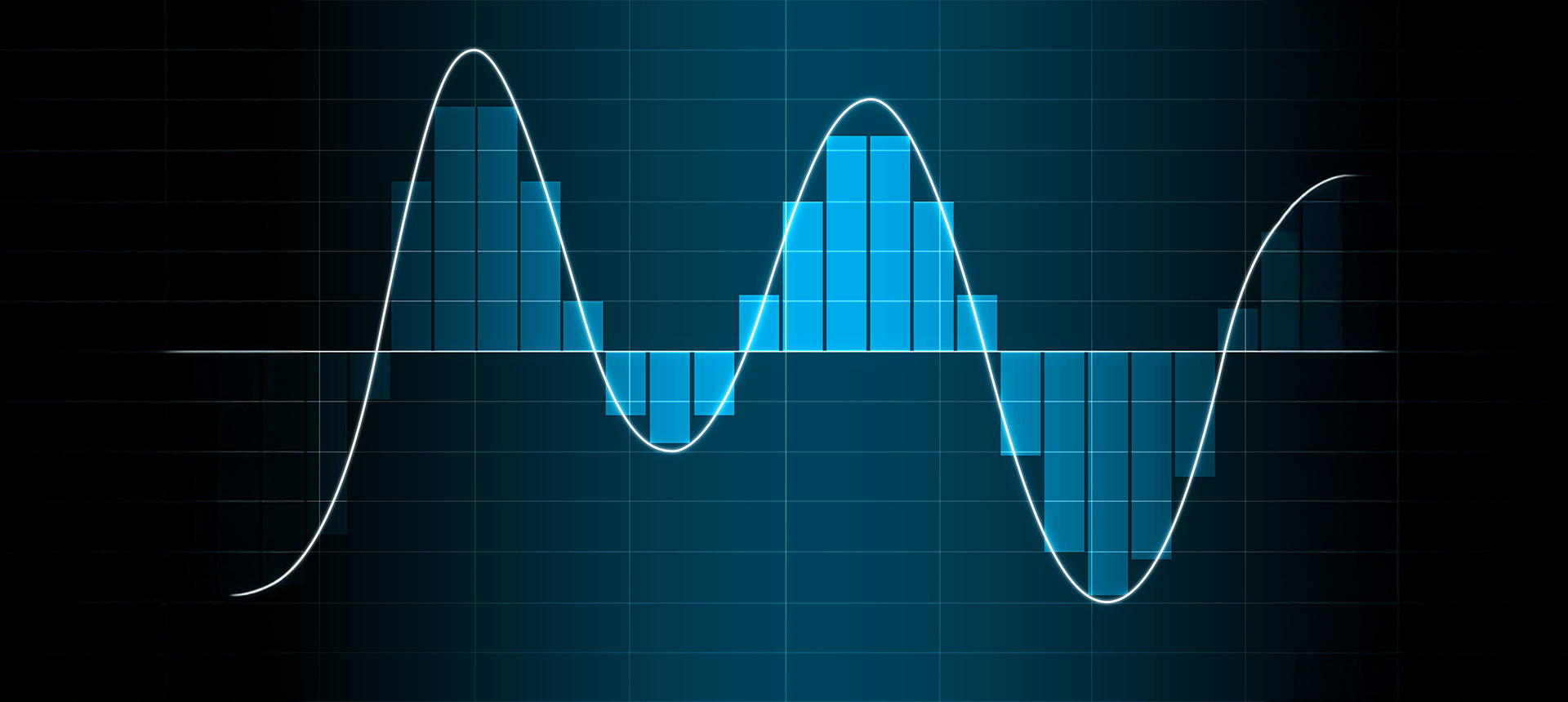The war of currents - DC vs AC
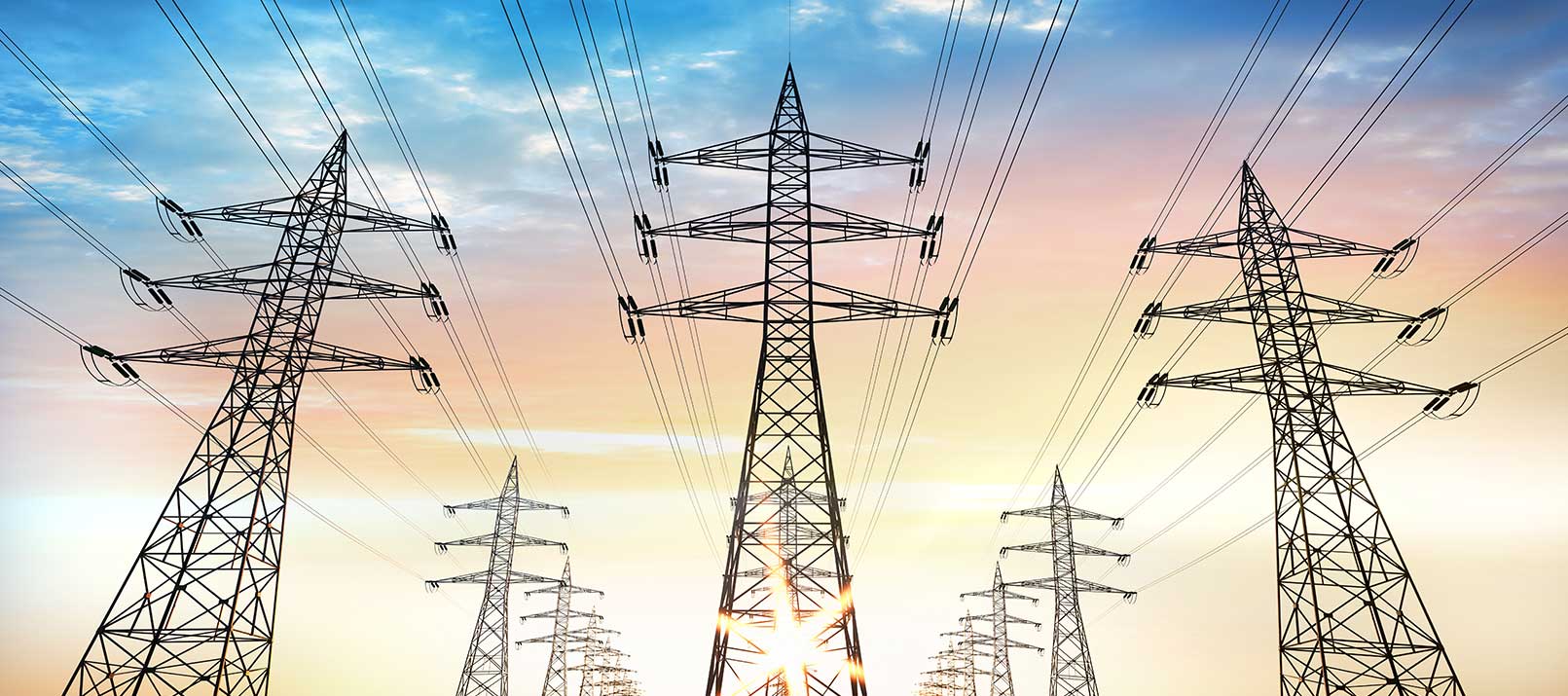
Which is more suitable for power supply, direct current or alternating current? When the electrification of towns and villages took off at the end of the 19th century, people asked this very question. But the decision for one of the two technologies was not an easy one. Coupled with a lot of animal abuse, patent disputes, and political and popular sentiment, the so-called war of currents reached its peak in the late 1880s.
In this blog post, you will learn more about the history of our electric grid and a conflict between the two fundamentally different ways of providing electricity.
Basics of direct and alternating current
The two types of electric current, alternating and direct current, differ greatly in their physical properties and production process. The basic difference is that in alternating current (AC) the direction of current flow changes several times per second, while in direct current (DC) the direction of current flow always remains the same.
Alternating current is therefore also easy and efficient to produce. This is achieved by using turbines that are driven by the flow of water, by wind or by steam (e.g. in coal-fired or nuclear power plants). In these turbines there is a strong magnet, which moves with the turbine. Through the law of induction (which we also created a blog post about), this creates an alternating current. Since this process is easily scalable, it proves to be very beneficial in practice.
Another advantage of alternating current is the efficient transmission of energy over long distances. High-voltage lines are usually used to transmit energy over long distances, as the high voltage keeps energy loss low. So-called transformers make it possible to convert high voltage into low voltage (which is safer and more applicable). However, transformers only work with alternating current, not with direct current.
Direct current, in contrast, is usually less dangerous than alternating current. This is because alternating current is more likely to trigger atrial fibrillation due to its high frequency. It is also often easier to operate devices with direct current or to engineer them for direct current operation. This is due to the nature of power transmission. While with direct current the power transfer is also constant, with alternating current the power transfer becomes an alternating variable and therefore fluctuates.
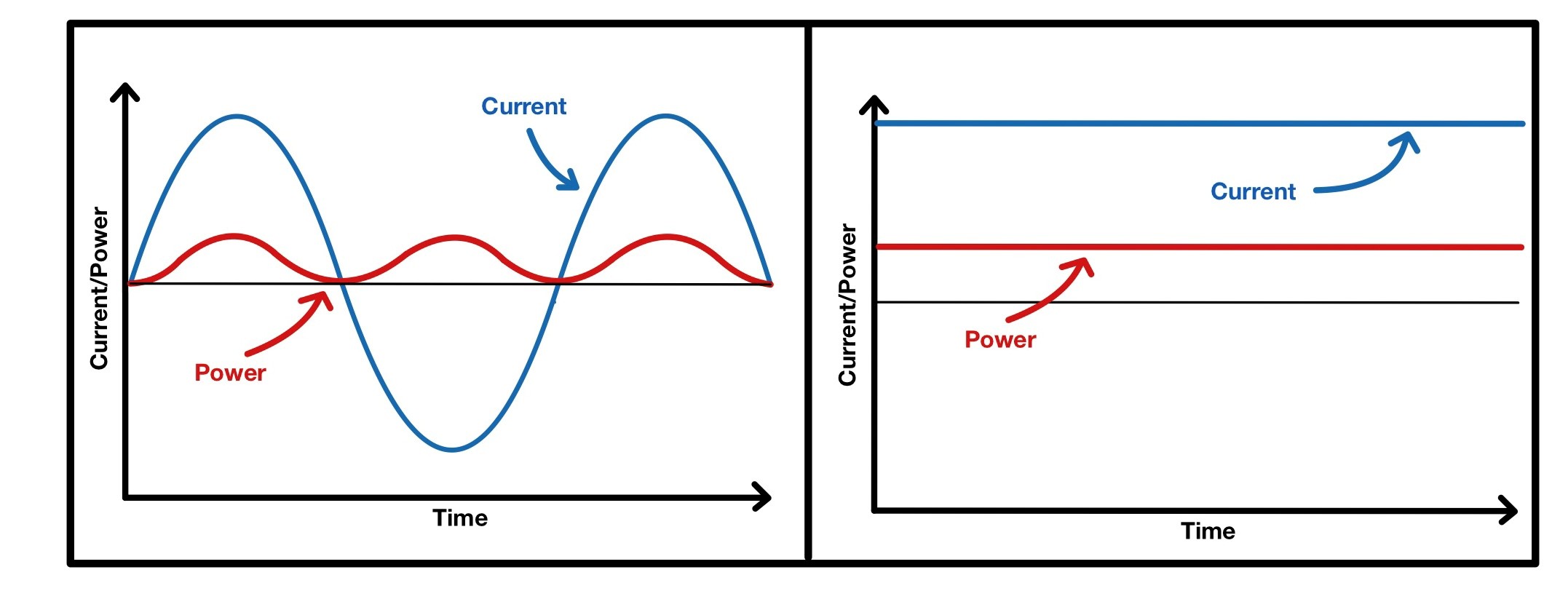
Alternating current leads to fluctuating power
The beginnings of the war of currents
Even in the early days of power technology, people knew and applied alternating and direct current. While alternating current tended to be used for street lighting, direct current was used to supply private households. Due to the short transmission distance of direct current (high energy loss), there were mainly locally distributed and smaller power grids.
Thomas Edison and the electronics company he founded, Edison General Electric, played a major role in this development. Edison was an advocate of direct current technology, which is also clear from the large number of patents that Edison held in this area. Among these patents was the carbon filament bulb, which was very popular at that time.
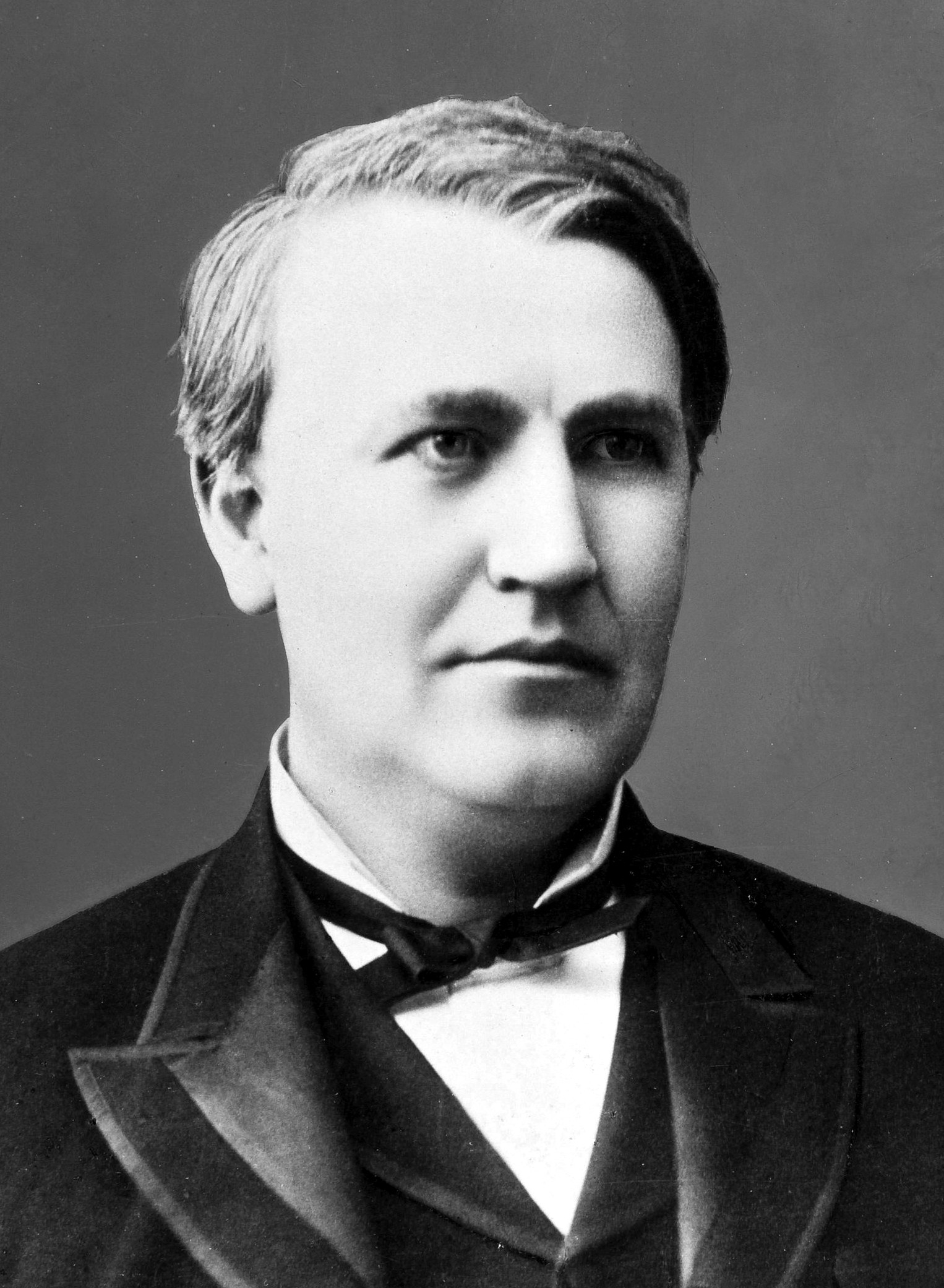
Thomas Edison
In contrast, the entrepreneur Georg Westinghouse recognized the potential of alternating current for private households and industry. While Edison wanted to build many decentralized power plants near residential areas, Westinghouse favored a different concept. In his mind a few large power plants that would transport electricity over long distances to households, would be more efficient. The concept of Westinghouse also found strong acceptance in the industry because of various advantages.
Edison, as an advocate of alternating current technology, feared the expansion of alternating current technology for several reasons. These included economic reasons, such as a shrinking market share. To prevent the spread of the competing technology, Edison made use of his numerous patents. For example, hotels and offices that installed carbon fiber lamps and produced their electricity through their own generators, were successfully sued for injunctive relief. Because of special licensing, the lamps might only operate in power grids licensed by the manufacturer. Thus, the manufacturer of the incandescent lamps also determined the power grid in use, hindering competition and innovation.
The further course of the war of currents
Thomas Edison placed great emphasis on safety when developing his direct current system. He primarily called attention to its non-hazardous and inexpensive operation. This was in contrast to gas, which was often in use at that time and which repeatedly led to fires and explosions. However, Edison feared that the alternating current technology popularized by Westinghouse could destroy this reputation and trigger general skepticism about electricity among the population.
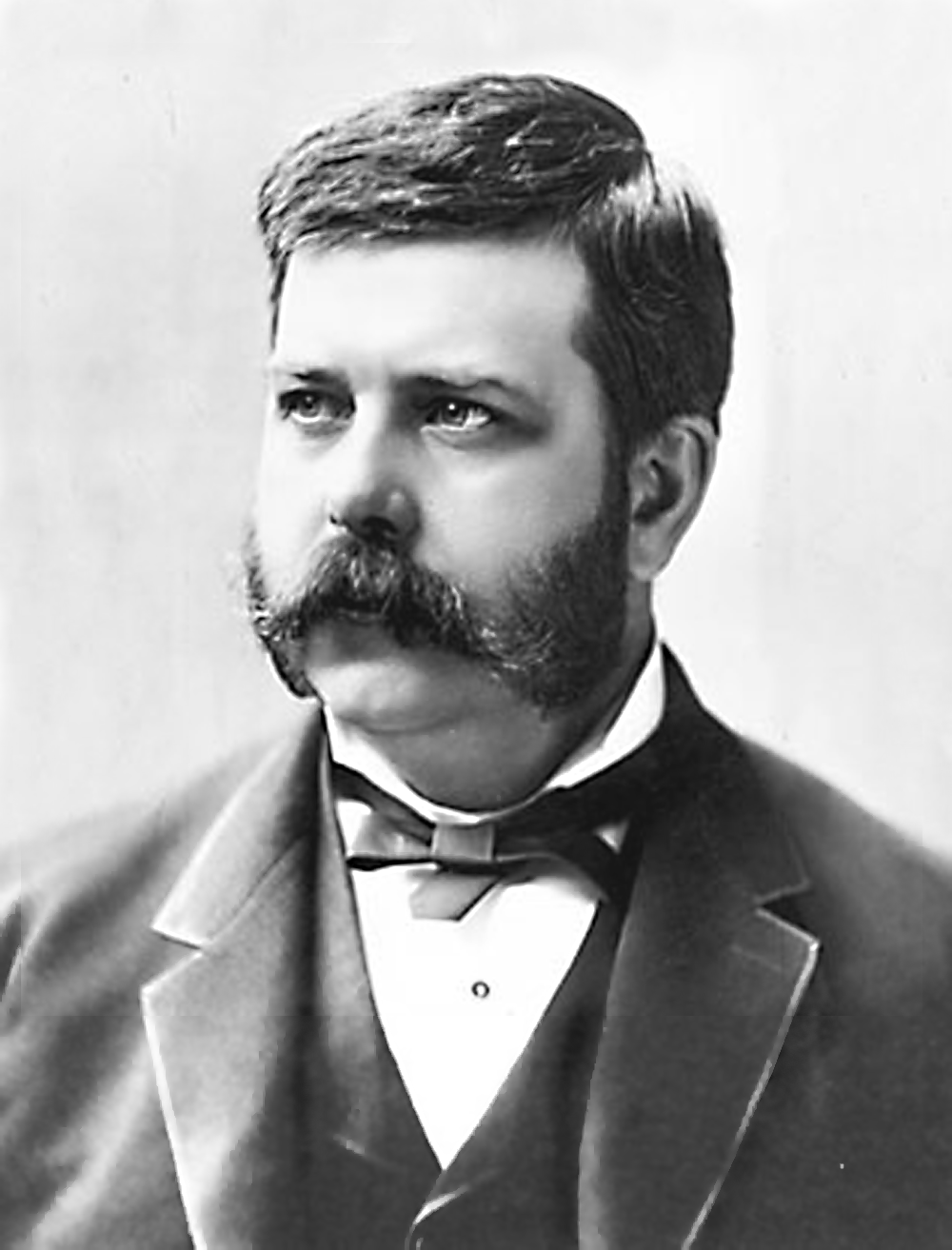
Georg Westinghouse
When the US introduced the electric chair a little later, there was an attempt to introduce the term to westinghouse among the general public. The reason for this was to associate the alternating current, favored by Westinghouse, with the execution of criminals. However, this was only partially successful.
The current state of the art
Despite the large amount of bad press and many patent disputes, alternating current eventually prevailed. This was mainly due to the technical superiority which alternating current offered in many areas, but also due to the expiry of patent rights held by Edison.
While in Europe, DC grids had disappeared almost completely by the middle of the 20th century, in the USA it took until 2007 for the last major electricity supplier in New York to stop supplying DC voltage. Today, direct current networks are only used in a few cases, e.g. for the transmission of electricity in submarine lines.
Another advantage of today’s power grids is the transmission of polyphase alternating current, developed by Nicola Tesla at the time of the war of currents ( significantly influencing its outcome). Multiphase alternating current has the advantage that power flows at a constant rate, as is the case with direct current.
To measure such a multiphase alternating current, one uses so-called power analyzers. We at DEWETRON offer you exactly such measuring instruments. With our Mixed Signal Power Analyzer you can measure up to 9-phase power with an accuracy of 0.03 %. At the same time, we offer many other measurement systems, which are highly modular and easy to use. No matter if aerospace, automotive or energy industry, with us you will find a suitable partner in every field.

